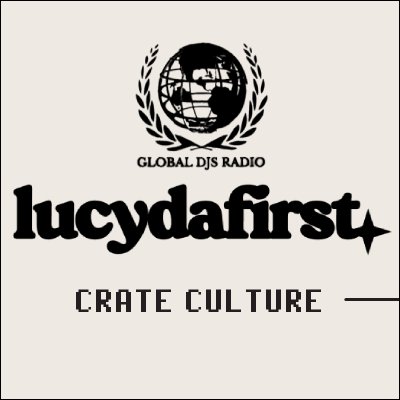On 6 and 9 August 2020, it will be exactly 75 years since the cities of Hiroshima and Nagasaki were hit by atomic bombs. Japan Museum SieboldHuis in Leiden will host the exhibition The Atomic Bomb – 75 years after Hiroshima and Nagasaki from 25 September.
What are the consequences of the atomic bomb on people and the environment? Can those effects still be seen after 75 years? Residents from Nagasaki and Hiroshima talk about the impact of the bomb on their environment. Special loans from Nagasaki City and the Hiroshima Peace Memorial Museum make it possible to show objects from the affected areas for the first time in Europe.
Background
On the 6th of August, 1945 Hiroshima was hit by an atomic bomb which was dropped over the city by the U.S. Air Force. A few days later, on the 9th of August, Nagasaki was the target of a second atomic bomb. Japan capitulated shortly after this and the Second World War ended in Asia as well. In total, more than 200,000 people died in 1945 as a result of the attacks. In later years, thousands more Japanese died of radiation sickness and cancer as a result of the atomic bombs.
In addition to the historical story about the military and political backgrounds, the exhibition will focus on personal stories. Objects such as a watch that stopped at the time of the explosion, burnt clothing and fused coins will show the effect of the bomb. Expect impressive photographs, films, children’s drawings and interviews that tell the stories of victims and next of kin. The famous story of 12-year-old Sasaki Sadako, who folded a thousand cranes in the hope of recovery, is a symbol for the survivors of the explosion. A contemporary view of this historical event is provided by artists through photographs, sculptures, paintings and comic books. Dutch people who witnessed the bombs are also discussed. This is based on the story of Johan Schram, who was imprisoned as a prisoner of war in Nagasaki. In this exhibition, you will be able to see, after 75 years, the impact and consequences of the bomb.
Collaborative partners
For this exhibition, the Japan Museum SieboldHuis has collaborated with the City of Nagasaki and the city of Hiroshima. Also with museum partners and institutions such as Nagasaki Atomic Bomb Museum, Hiroshima Peace Memorial Museum, Leiden University, Stichting Leidse Vrienden van Nagasaki, Hans Blom (former director NIOD), associate professor of modern Japanese history Ethan Mark (Leiden University), André W. Schram (son ex-prisoner of war Fukuoka-2 at Nagasaki) and various contemporary artists and photographers such as Krystyna Ziach, Taniguchi Ken’ichiro and Tsuchida Hiromi. The exhibition will be on display until 17 January 2021.
Source: Translation press release Japan Museum SieboldHuis





















